GARDEN GETAWAY GATEWAY Rosmarinus officinalis (Syn. Salvia rosmarinus)
Posted by John Friel on Aug 6th 2021
Nothing evokes dreams of a sun-soaked Mediterranean sojourn like rosemary.
A glimpse of that familiar glaucous pine needle foliage, a whiff of the inimitable fragrance, and the passerby is transported to southern France or the cliffs of Crete.
It may be that a rose is a rose is a rose, but it’s not so with rosemary. Subtle and not-so-subtle characteristics differentiate our four offerings.
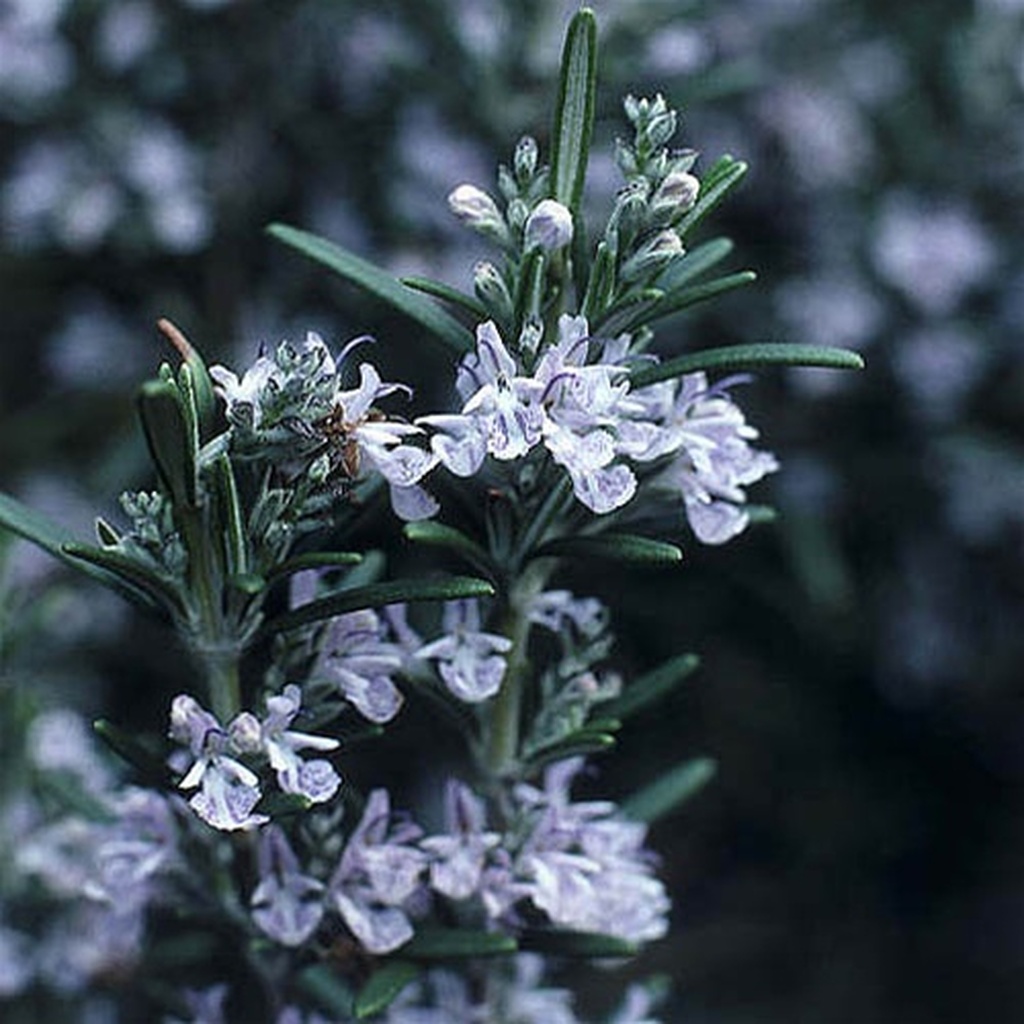
‘Arp’: Named for an agricultural town in Texas, this one was selected for grey-green foliage, persistent blue fall flowers, and somewhat better winter tolerance.
Height 2 - 4’. Hardy in Zones 6-9
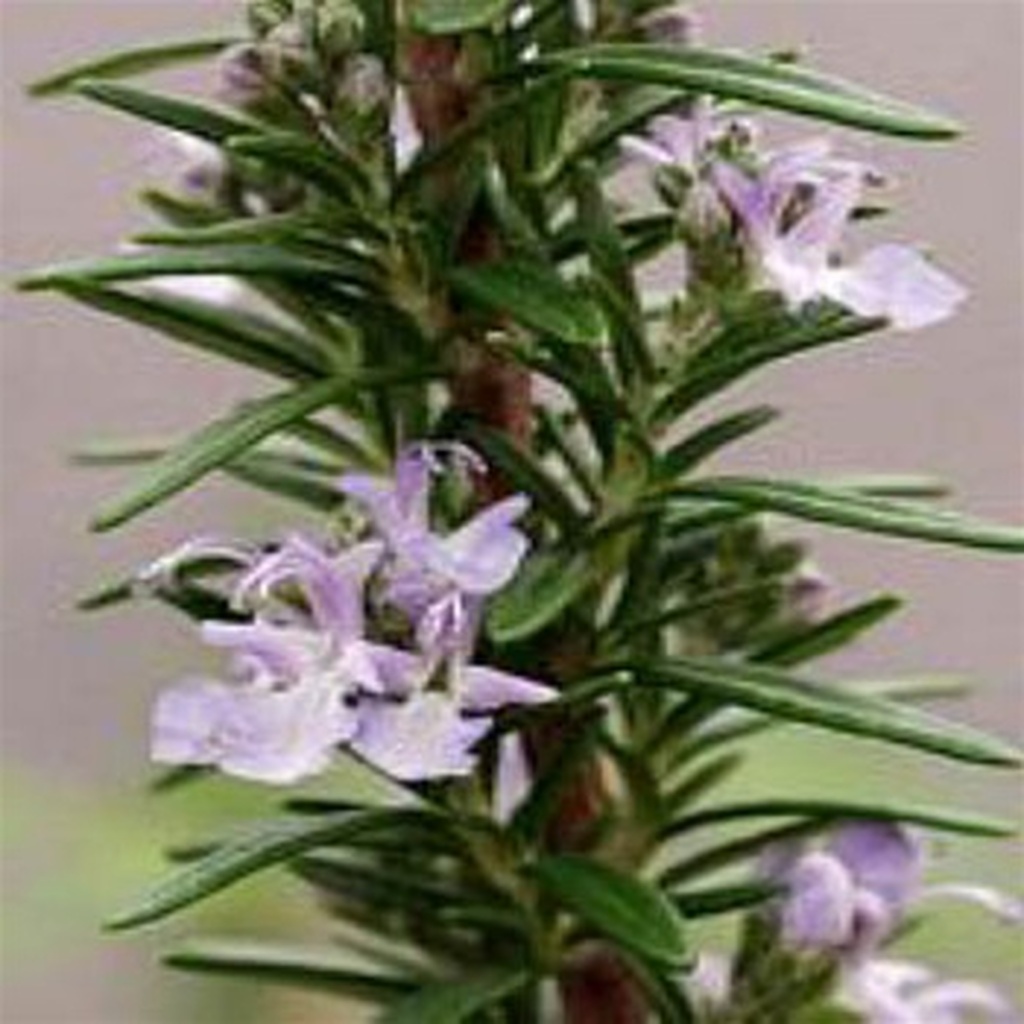
‘Barbeque’: Bolt upright habit is ideal for topiaries or as a hedge. Lavender/blue flowers in late summer/fall.
Height 3 - 4’. Hardy in Zones 7-9
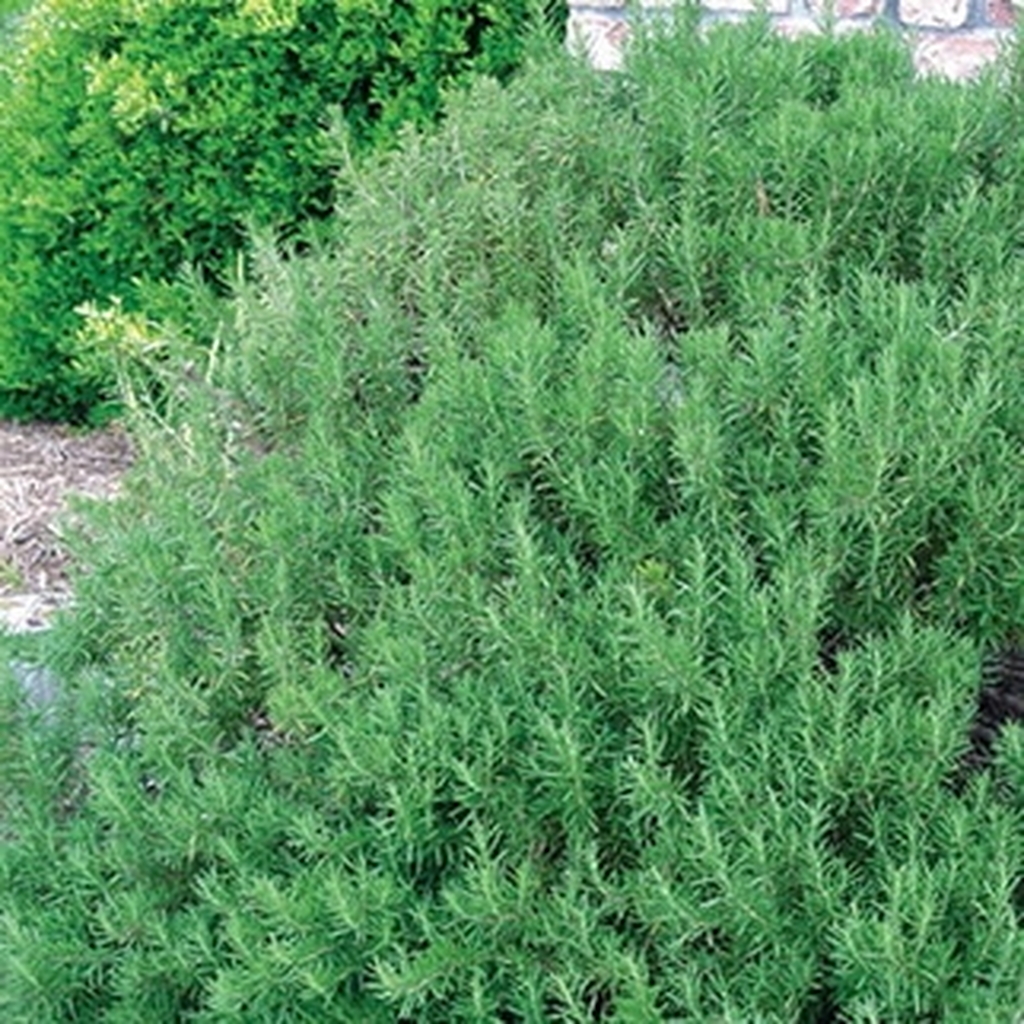
‘Hill Hardy’: As the name implies, like ‘Arp’, it’s marginally more winter-hardy than most varieties.
Dense, dark green and intensely aromatic.
Height 4 - 5’. Hardy in Zones 6b-9
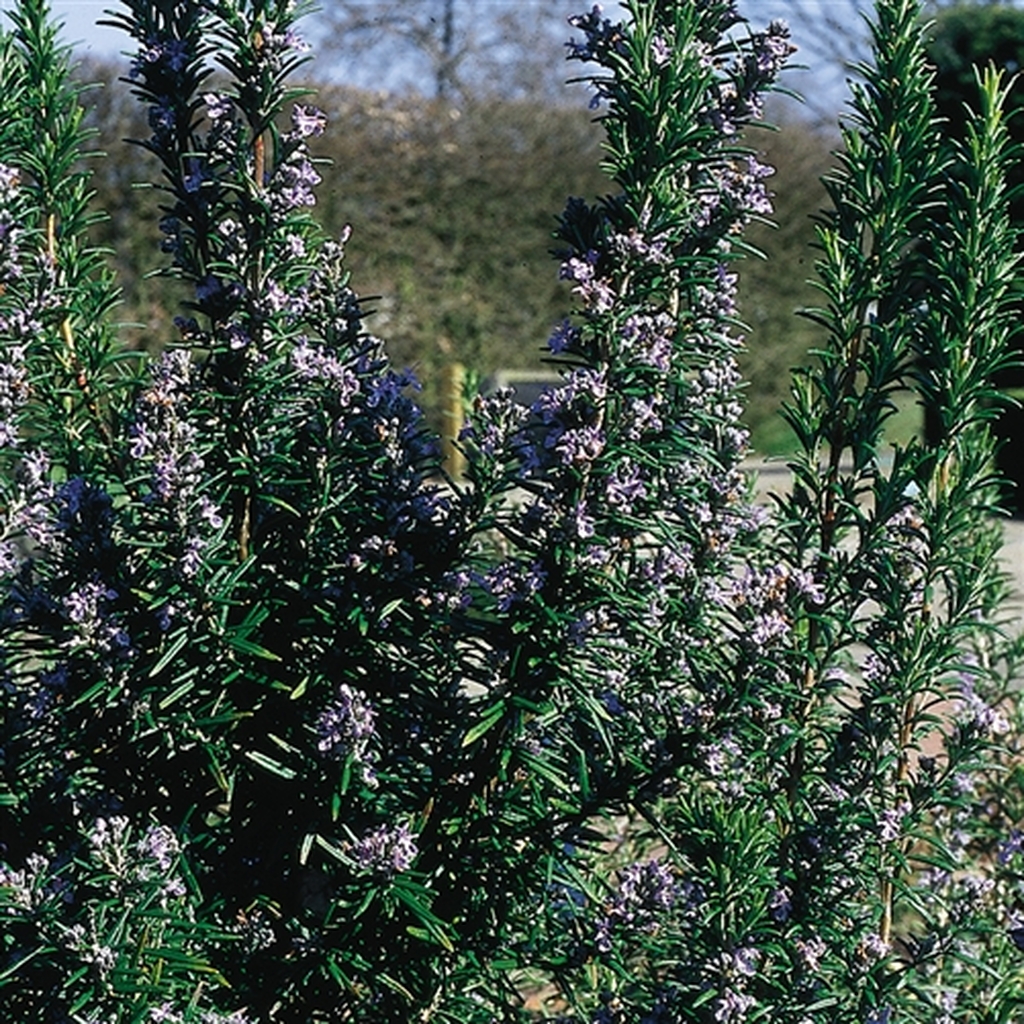
Tuscan Blue’: Unusually wide blue-green leaves on thick stems for a formal columnar appearance.
Height 4 - 7’. Hardy in Zones 7-9
Fun Fact
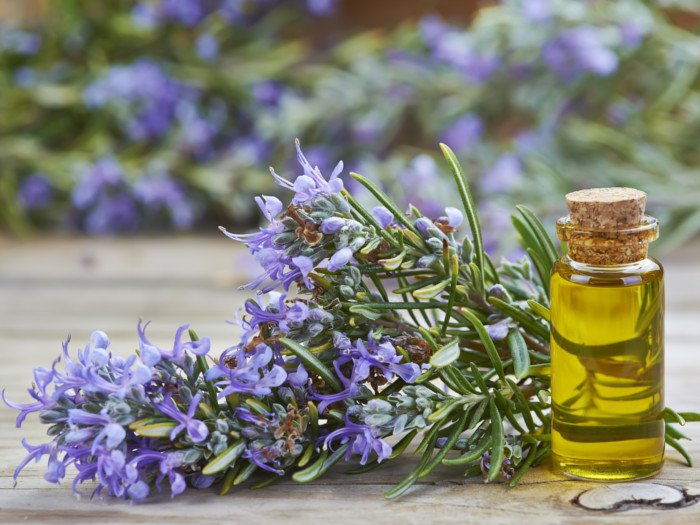
The name Rosmarinus officinalis has a fascinating pedigree: The genus name Rosmarinus is Latin for “dew of the sea,” a nod to its coastal origins. The specific epithet officinalis refers to its legendary medicinal powers.
Note: Our starters are grown for ornamental, not culinary, use.
Savvy gardeners know just where to plant rosemary. Like any herb or shrub with scented foliage, it’s placed strategically beside a path or walkway, where you’ll brush against it in passing. The brief contact releases a quick fix of that evocative aroma.
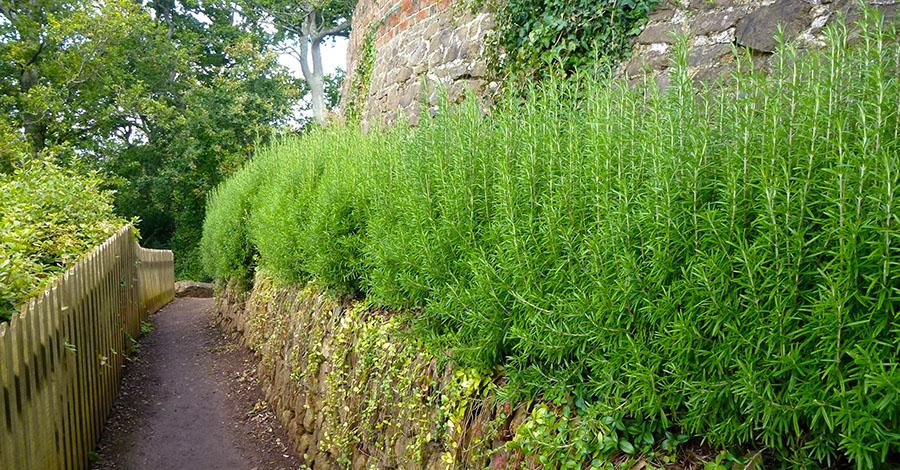
Bring Old World beauty and fragrance to your New World offerings. Try all four! They come to you as sturdy starters from Emerald Coast Growers – the easy choice!

